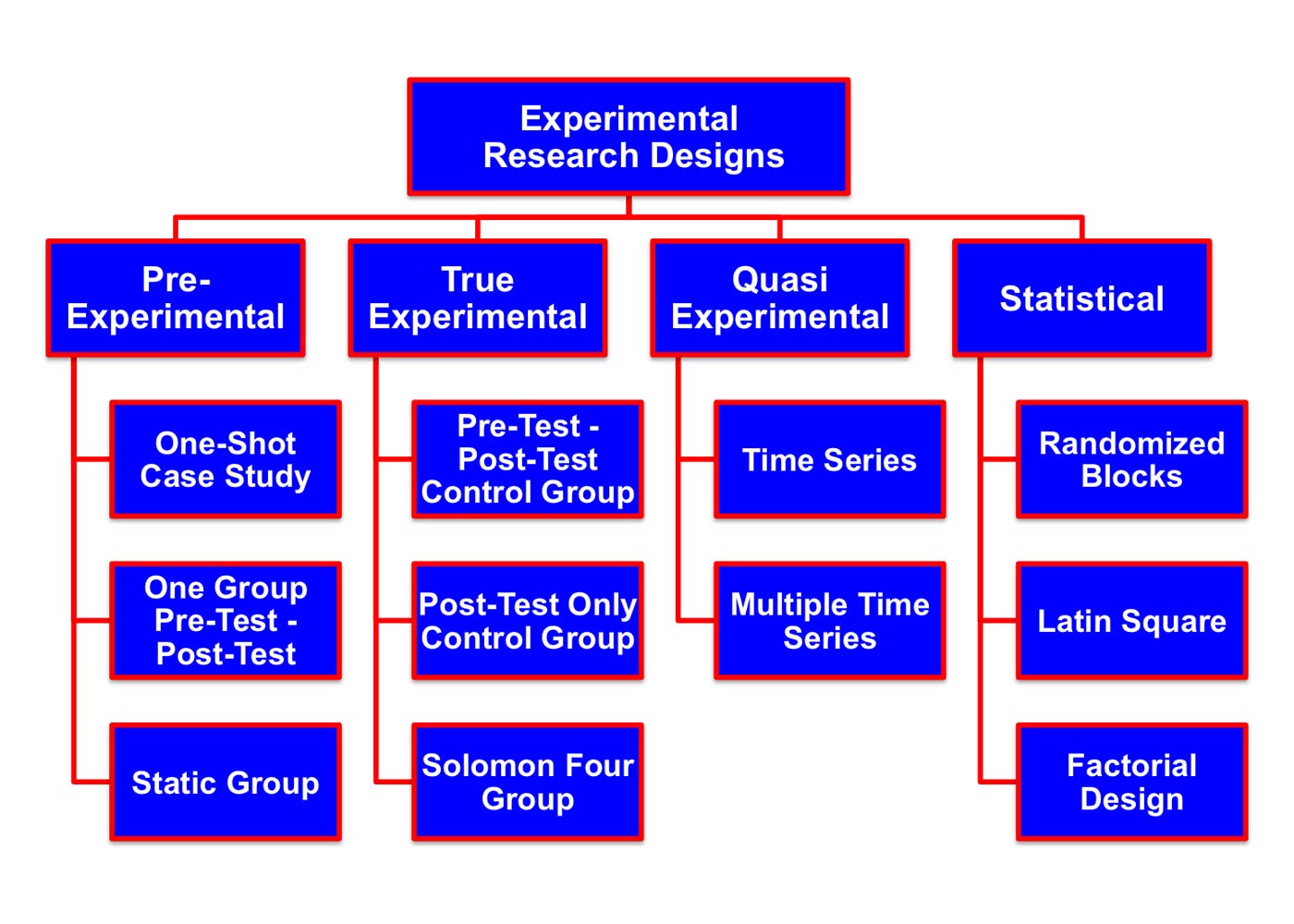Table Of Content

In the example that was shown above, we did not randomize the runs but kept them in standard order for the purpose of seeing more clearly the order of the runs. In practice, you would want to randomize the order of run when you are designing the experiment. Once you have these contrasts, you can easily calculate the effect, you can calculate the estimated variance of the effect and the sum of squares due to the effect as well. In the example above the A, B and C each are defined by a contrast of the data observation totals. Therefore you can define the contrast AB as the product of the A and B contrasts, the contrast AC by the product of the A and C contrasts, and so forth. Whether you are an academic novice, or you simply want to brush up your skills, this book will take your academic writing skills to the next level.
2.2. Factorial Designs¶
Frank Yates made significant contributions, particularly in the analysis of designs, by the Yates analysis. Introduction to Statistics is our premier online video course that teaches you all of the topics covered in introductory statistics. Is there always a transformation that can be applied to equalize variance? Although non-parametric methods have fewer assumptions about the distribution, you still have to worry about how you are measuring the center of the distribution.
Non-Experimental Studies With Factorial Designs
Can you use a t-test instead of an ANOVA in a multi-factorial design if you're interested in only one comparison? - ResearchGate
Can you use a t-test instead of an ANOVA in a multi-factorial design if you're interested in only one comparison?.
Posted: Tue, 26 Feb 2019 08:00:00 GMT [source]
The differences between the differences are different, so there is an interaction. For example, both the red and green bars for IV1 level 1 are higher than IV1 Level 2. And, both of the red bars (IV2 level 1) are higher than the green bars (IV2 level 2). The second way of looking at the interaction is to start by looking at the other variable. For example, does the effect of time since last meal depend on the levels of the tired variable? Look first at the effect of time since last meal only for the red bars in the “not tired” condition.
Statology Study
The Big Five personality factors have been identified through factor analyses of people’s scores on a large number of more specific traits. For example, measures of warmth, gregariousness, activity level, and positive emotions tend to be highly correlated with each other and are interpreted as representing the construct of extraversion. As a final example, researchers Peter Rentfrow and Samuel Gosling asked more than 1,700 university students to rate how much they liked 14 different popular genres of music [RG03]. They then submitted these 14 variables to a factor analysis, which identified four distinct factors. If an investigator anticipates severe problems from including a particular factor in an experiment, perhaps due to its nature or the burden entailed, s/he should certainly consider dropping it as an experimental factor.
Distributive randomization: a pragmatic fractional factorial design to screen or evaluate multiple simultaneous ... - BMC Medical Research Methodology
Distributive randomization: a pragmatic fractional factorial design to screen or evaluate multiple simultaneous ....
Posted: Mon, 11 Mar 2024 07:00:00 GMT [source]

Or what if we found some individual differences, meaning that some people get distracted easier than other people? Imagine that the results show that people found an average of four differences when they were distracted, and an average of 10 differences when they were not distracted. The effect of distraction is a mean of six differences found in the picture. It’s the difference between performance in the Distraction and No-Distraction conditions.
Higher order interactions can reflect complex patterns that defy easy interpretation. However, they also reveal information that is unique and of potentially great value. Further, this problem is reduced if factorial designs are used as screening experiments, whose purpose is not to identify the single best combination of ICs (Collins et al., 2009). Rather such experiments are used to identify the ICs that are amongst the best.
1.2. Measures of Different Constructs¶
In general, it is very common to use the word effect to refer to the differences caused by the IV. We manipulated distraction, it caused a difference, so we call this the “distraction effect”. Other options can be selected from the "Analyze Factorial Design" menu such as "Covariates...", "Prediction...", "Storage...", and "Weights...". Once all desired changes have been made, click "OK" to perform the analysis.
As with simple designs with only one independent variable, factorial designs have the same basic empirical question. Did manipulation of the independent variables cause changes in the dependent variables? However, 2x2 designs have more than one manipulation, so there is more than one way that the dependent variable can change. So, we end up asking the basic empirical question more than once. The research designs we have considered so far have been simple—focusing on a question about one variable or about a statistical relationship between two variables. But in many ways, the complex design of this experiment undertaken by Schnall and her colleagues is more typical of research in psychology.
When an experiment includes multiple dependent variables, there is again a possibility of carryover effects. For example, it is possible that measuring participants’ moods before measuring their perceived health could affect their perceived health or that measuring their perceived health before their moods could affect their moods. So the order in which multiple dependent variables are measured becomes an issue. One approach is to measure them in the same order for all participants—usually with the most important one first so that it cannot be affected by measuring the others. Another approach is to counterbalance, or systematically vary, the order in which the dependent variables are measured. For instance, some interactions may be due to the overall burden due to subjects receiving large numbers of components.
Let's go back to Minitab and take out of our model the higher order interactions, (i.e. the 3-way and 4-way interactions), and produce this plot again (see below) just to see what we learn. We may also want contour plots of all pairs of our numeric factors. These can be very helpful to understand and present the relationship between several factors on the response. The contour plots below for our example show the color coded average response over the region of interest.
When you look for the differences, it feels like you are doing something we would call “paying attention”. If you pay attention to the clock tower, you will see that the hands on the clock are different. We could give people 30 seconds to find as many differences as they can. So, our measure of performance, our dependent variable, could be the mean number of differences spotted. Each of the inferential statistical analyses that we've covered is to compare means (quantitative variable) between different groups. The qualitative variable is the two different samples or an IV with two or more levels.
The best they can do is show patterns of relationships that are consistent with some causal interpretations and inconsistent with others. Another important use of complex correlational research is to explore possible causal relationships among variables. This might seem surprising given that “correlation does not imply causation”. It is true that correlational research cannot unambiguously establish that one variable causes another.
Additionally, the low and high levels for each factor can be modified in this menu. Since the high and low levels for each factor may not be known when the design is first created, it is convenient to be able to define them later. Factors A - D can be renamed to represent the actual factors of the system. Additionally, a low and high value are initially listed as -1 and 1, where -1 is the low and 1 is the high value. The low and high levels for each factor can be changed to their actual values in this menu. In this menu, a 1/2 fraction or full factorial design can be chosen.

No comments:
Post a Comment